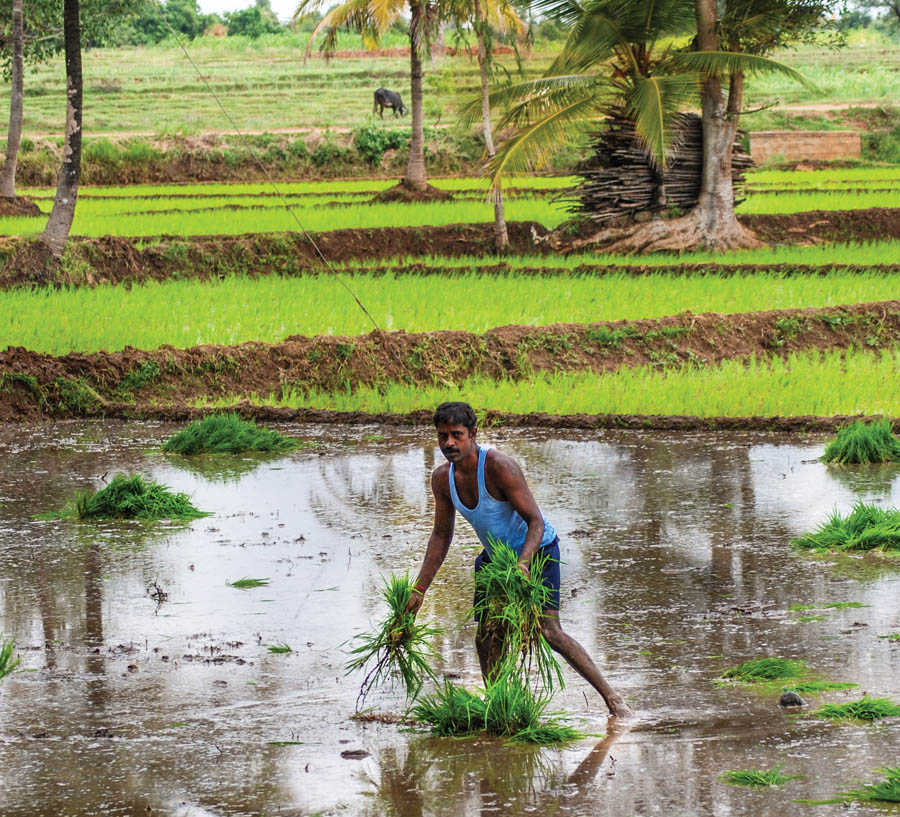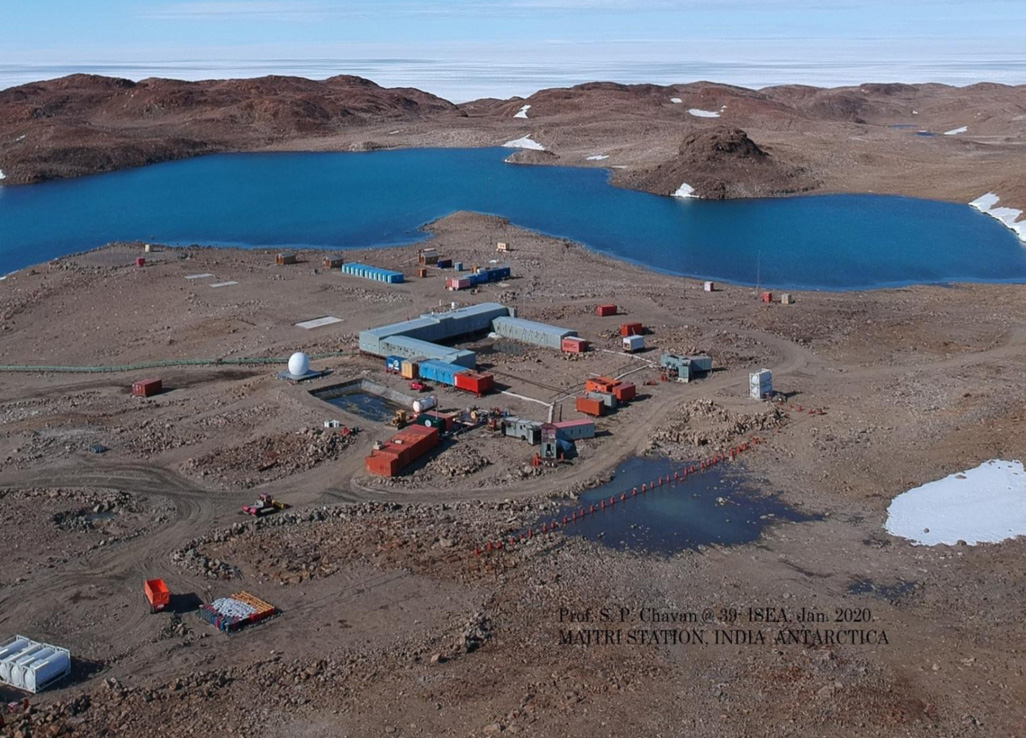Monsoons in India
Published: Jul 16, 2018
Published: Jul 16, 2018

Photo: Prasad
The agriculture sector in India is likely to witness a growth in 2018 if the prediction of ample rainfall holds correct.
Keep reading with one of these options :
